Common Gutter Installation Mistakes
The gutters on your roof might not seem like a big deal until you encounter a gutter installation mistake. Improper installation can make a big difference in the performance of your gutters, and you’ll quickly realize just how important these simple devices really are.
Here are some of the most common mistakes that happen during gutter installation, and how to spot them.
Are Common Gutter Installation Mistakes A Big Deal?
Common gutter mistakes can be a huge issue, though that isn’t always the case. Some mistakes can cause only minor problems, depending on the roof and the nature of the mistake. That said, getting gutter installation right is critical for the long-term health of any roof.
The Most Common Gutter Installation Mistakes In Michigan
These mistakes are all things we see in our business, but they certainly aren’t the only mistakes that happen.
Improper Pitch
You might think that gutters are perfectly level, but the truth is that properly installed gutters have a very slight pitch to help encourage water and debris to flow to the downspout.
The pitch should be significant enough to encourage water flow, and subtle enough to look straight. Ideally, a gutter should slope down 1-2 inches every 40 feet toward the closest downspout.
Too Many Seams
A gutter’s seams are the weakest point in the gutter. They also tend to be the most easily damaged, and the first part of the gutter that shows wear and tear.
To keep your gutters working well for years to come, it’s important to have as few seams as possible. You can even get customized seamless gutters for your home.
Incorrect Hanger Spacing
Hangers are an important part of maintaining your gutters. Contractors will try to keep these to a minimum for a variety of reasons, including efficiency and cost. However, having too few hangers can cause serious issues with your gutters. Specifically, the gutters might start to sag between hangers, causing flow issues when the gutters are full.
Damage During Installation
Gutters are typically very lightweight and thin, which makes it easy to damage them during installation. Creases and dents can both create serious problems, so it’s important to make sure your gutters aren’t damaged during installation or any maintenance work.
Forward Tilt
While gutters need a pitch toward the downspout, they should be completely level from the back of the gutter near your roof, to the front of the gutter away from your home. If they aren’t level, you’re likely to see water spilling over the sides.
If that water spills against your home, you might even see premature wear and tear or water damage.
Wrong Gutter Size
The size of a roof should have a big impact on the size of your gutters. Gutters that are too small will overflow easily, while gutters that are too big are more likely to catch debris and get clogged. Plus, large gutters are not aesthetically pleasing.
Incorrect Downspout Placement
The downspout in a gutter is essentially the pressure release for your gutters. Choosing the wrong placement can put water somewhere you don’t want around your home or cause your gutters to overflow or clog instead of draining properly.
Eyeballing Gutter Placement
This is a common problem with DIY gutter installation – you don’t want to just eyeball your gutters. Small inaccuracies in placement and pitch can cause big problems.
Need New Gutters Or Gutter Repair Services?
If your gutters are showing signs of damage or just aren’t working as well as they should, we can help. Contact Rapid Roofing for all your gutter installation needs!

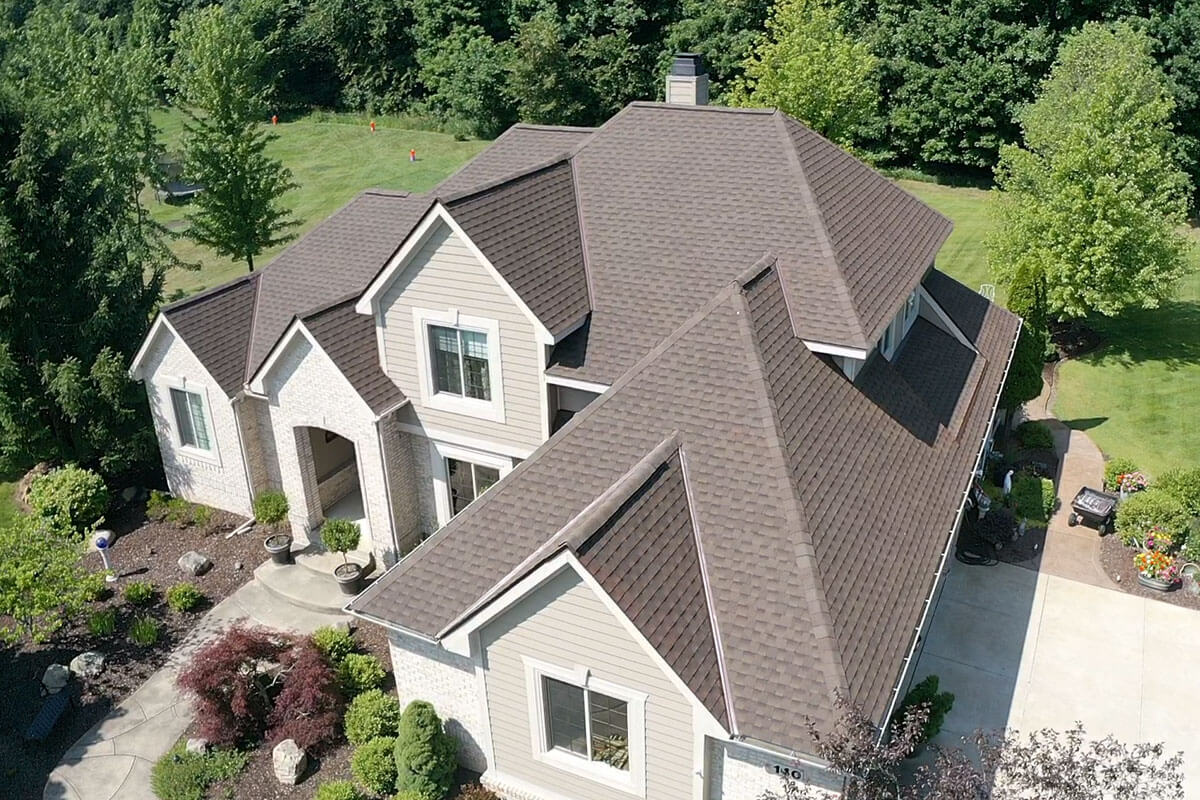

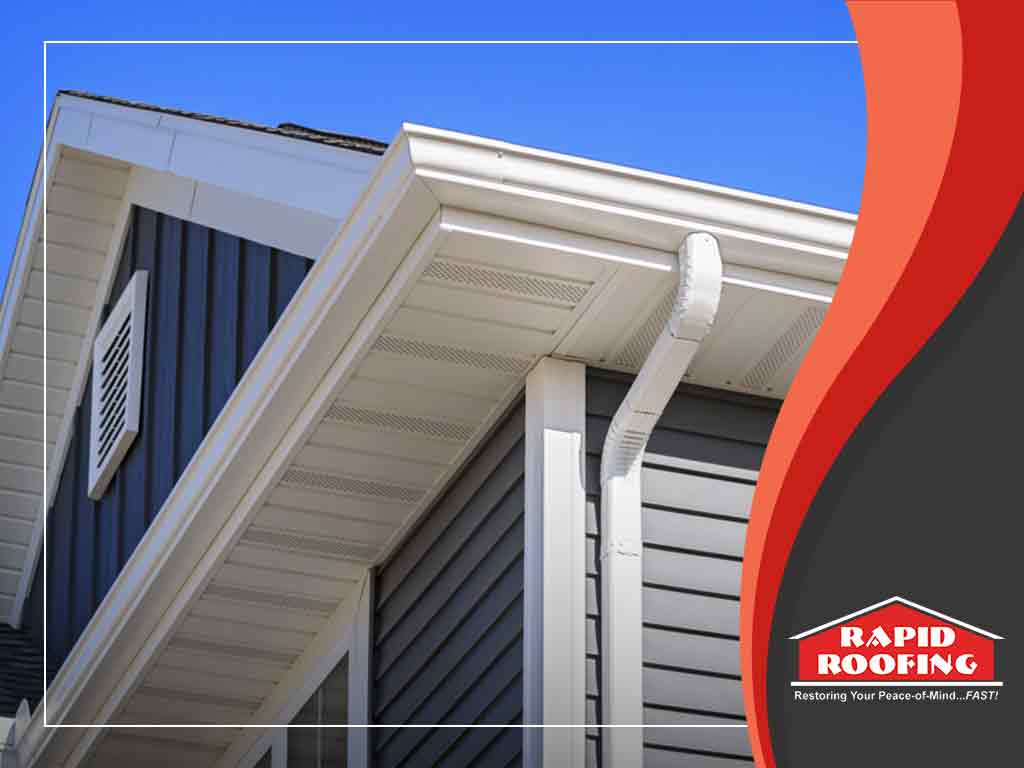
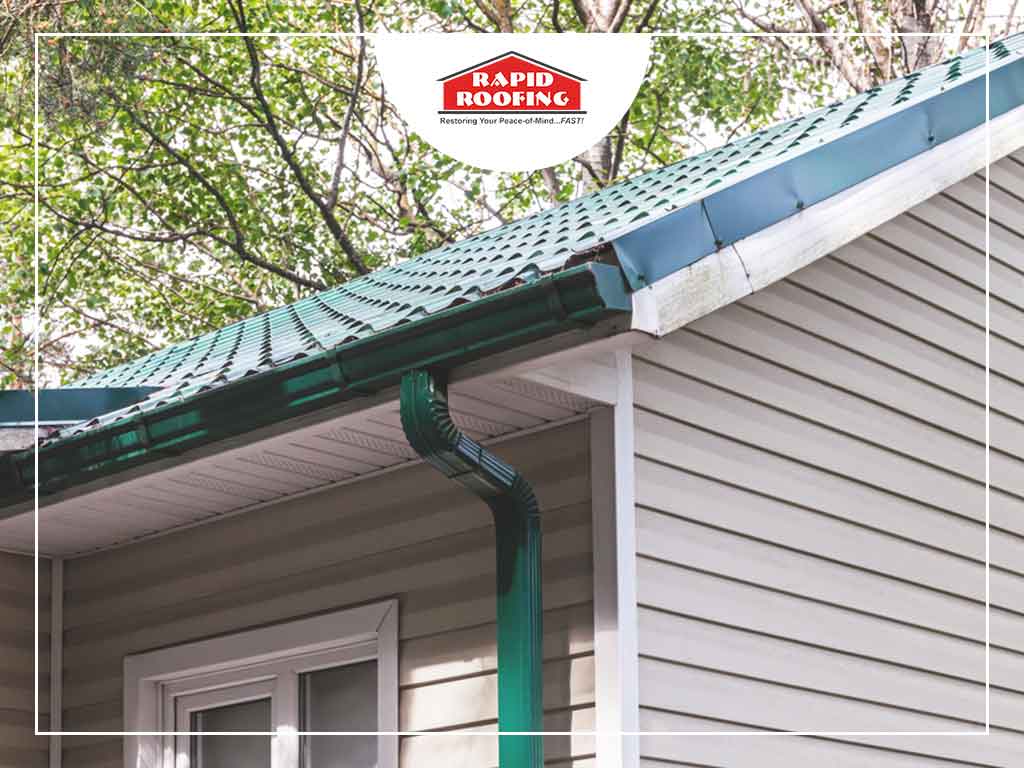
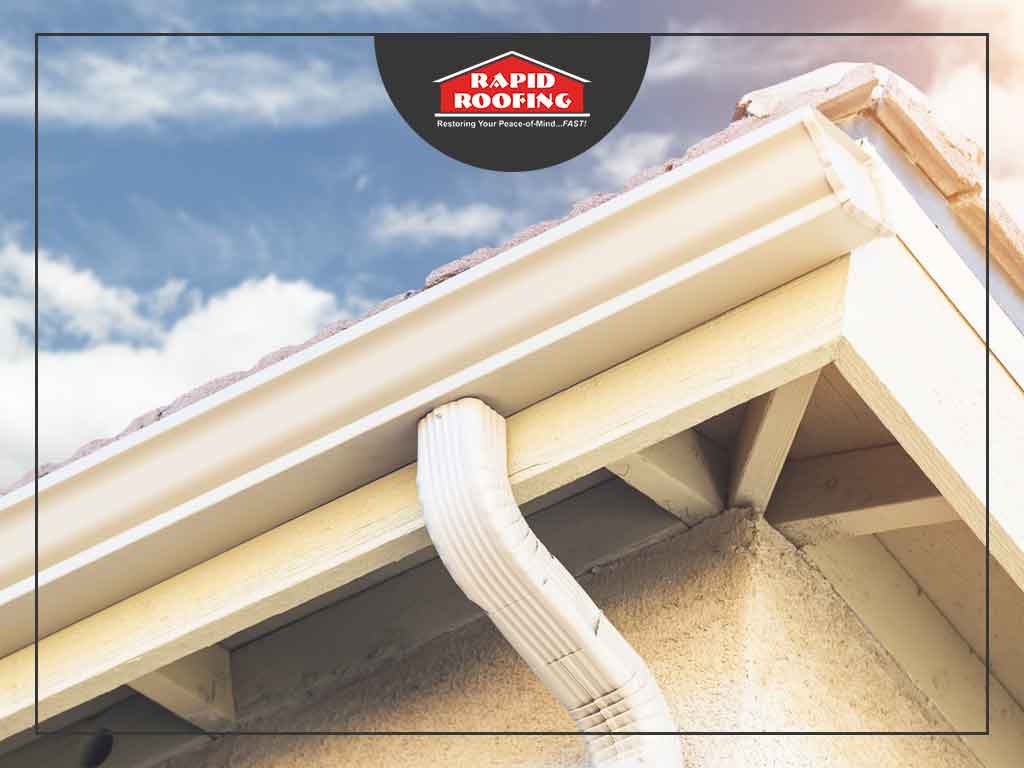
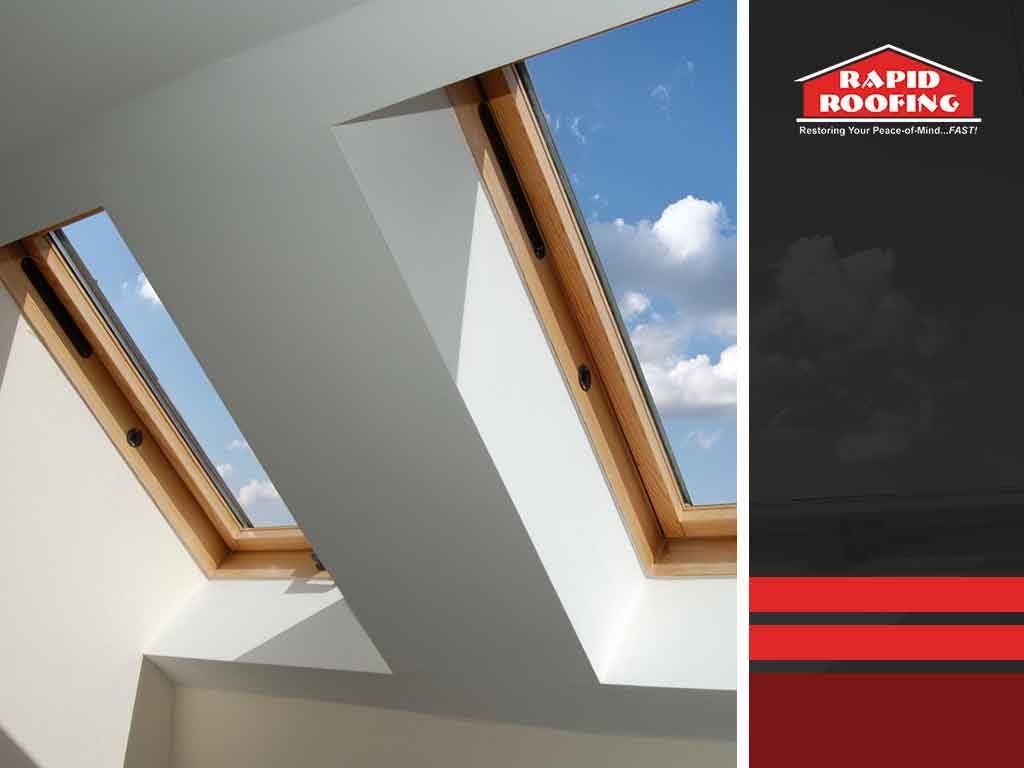
 Residential Roofing
Residential Roofing Storm Damage
Storm Damage Multi-Family Homes
Multi-Family Homes
